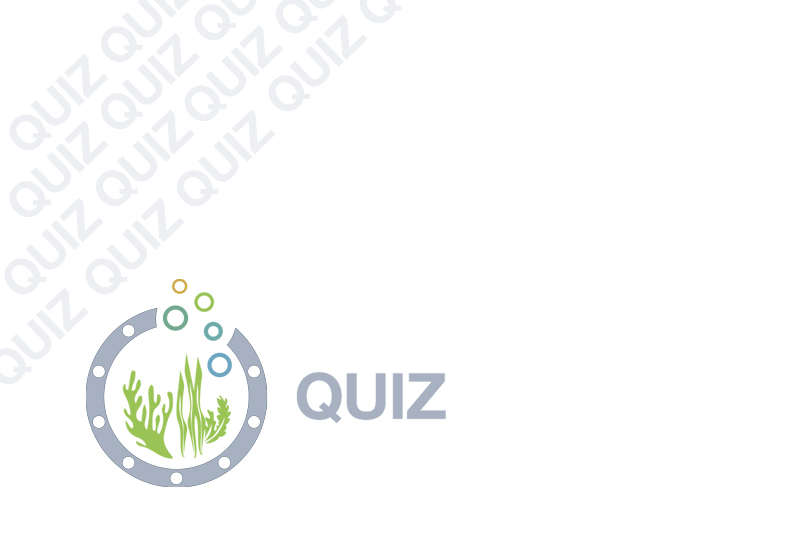
HAB.C | The Hab’s Main Mission
Just What’s Next?
Now that we’ve gotten into the Hab, and we’re rinsed and dried and ready to go, what’s next?
The Science Lock
The next stop on our Aquarius tour is the Science Lock, which is the main scientific compartment of the facility, and the section where the aquanauts carry out the bulk of their scientific duties. The idea is to set up an analogous working environment to the International Space Station that they will find when they’ll be working in space.

From the Science Lock, we’ll pass through another heavy bulkhead that separates the sections. Again, these doors allow any section of the Aquarius Habit to be isolated from the others, maintaining pressure and giving everyone a safe place to retreat to in case something goes wrong and they have to wait for rescue from the surface. Again, it’s a risky environment, but so is space, so it’s a good place for serious training.
The Galley
Beyond the bulkhead in the Science Lock is the Galley, which is the main living area of the Aquarius Habitat. It’s a small space, but six people fit in there, eating, drinking, talking, and relaxing. One thing the aquanauts don’t have is a stove. You wouldn’t think that having a stove is very risky under sixty-two feet of water, but fire is a dangerous thing to have in that kind of environment for a lot of reasons. Obviously, there’s the danger from the fire itself and smoke to the crew and equipment. Another factor is that since it’s a closed environment, there is limited oxygen, and fires tend to use that up quickly, not to mention the danger of explosions.
And of course there’s also the fact that escape options are limited, to say the least. Even if everyone could get out of the Hab safely with breathing equipment, they would have to slowly, gradually ascend to the surface over 18 hours to let the blood gases out of their system without killing or seriously injuring them. Better safe than sorry, right?
Another thing that the enclosed environment of the Hab can’t have are the chemicals that make refrigerators work, so although they have a chiller, there’s no way to keep fresh food for any length of time. They end up eating a lot of dehydrated camp food that they add hot water to (the do have a microwave to heat up the water). It’s not bad–they’ve said that some meals can be pretty good, but it does get a little dull after three weeks of nothing else!

In addition to being a place to hang out and eat, the galley is also where all of the controls for the Hab are. It’s where they maintain the environmental controls and regulate the electrical power that is generated to keep the lights (and everything that keeps them alive!) on.
The Sleeping Compartment
Past the galley is the crew’s sleeping compartment. It’s really quite spartan: three bunks stacked on each side, and only a small cubby to keep personal things in, so no one can bring much.
The real highlight is the view. In the sleeping compartment, just on the other side of the pillow, is a view port that lets you see the amazing undersea world around you and the creatures that live in it. Since the Hab sits right next to a coral reef, the diversity and number of sea creatures makes for a constantly changing show. Besides colorful damselfish, gigantic grouper, and menacing barracuda, aquanauts are also likely to see bull sharks, which can grow to be 7.9 feet (2.4 metres) long, on the prowl outside the view ports.
So that’s the first look at the Aquarius Habitat, the world’s only permanent undersea research facility. Do you think you’d want to, or even be able to, live underwater?
Curriculum Reference Links
- Physical World / Systems and Interaction / 3: Students should be able to investigate patterns and relationships between physical observables




